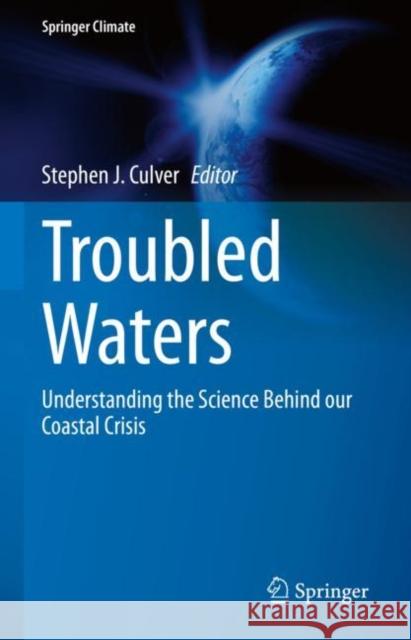Troubled Waters: Understanding the Science Behind Our Coastal Crisis » książka
topmenu
Troubled Waters: Understanding the Science Behind Our Coastal Crisis
ISBN-13: 9783030523824 / Angielski / Twarda / 2020 / 267 str.
Troubled Waters: Understanding the Science Behind Our Coastal Crisis
ISBN-13: 9783030523824 / Angielski / Twarda / 2020 / 267 str.
cena 362,27
(netto: 345,02 VAT: 5%)
Najniższa cena z 30 dni: 346,96
(netto: 345,02 VAT: 5%)
Najniższa cena z 30 dni: 346,96
Termin realizacji zamówienia:
ok. 22 dni roboczych
Bez gwarancji dostawy przed świętami
ok. 22 dni roboczych
Bez gwarancji dostawy przed świętami
Darmowa dostawa!
Kategorie:
Kategorie BISAC:
Wydawca:
Springer
Seria wydawnicza:
Język:
Angielski
ISBN-13:
9783030523824
Rok wydania:
2020
Wydanie:
2021
Numer serii:
000470391
Ilość stron:
267
Waga:
0.54 kg
Wymiary:
23.88 x 16.43 x 1.6
Oprawa:
Twarda
Wolumenów:
01











